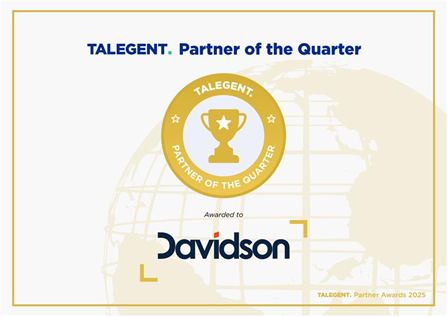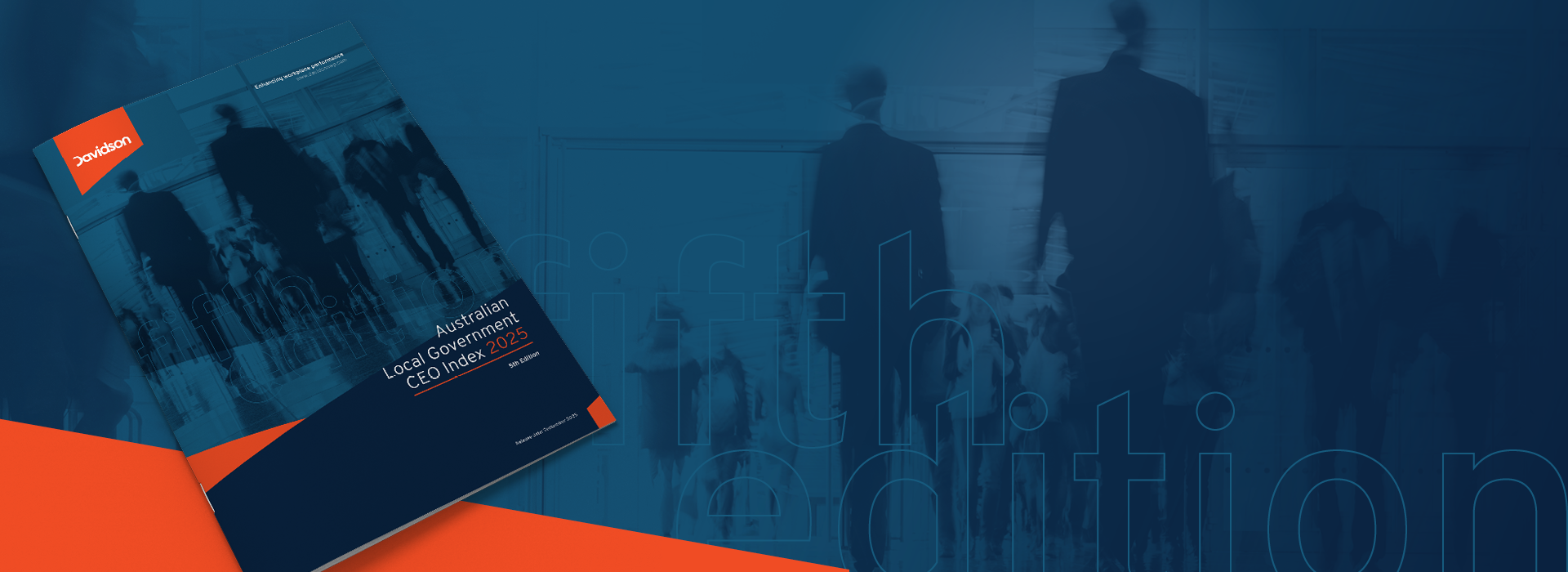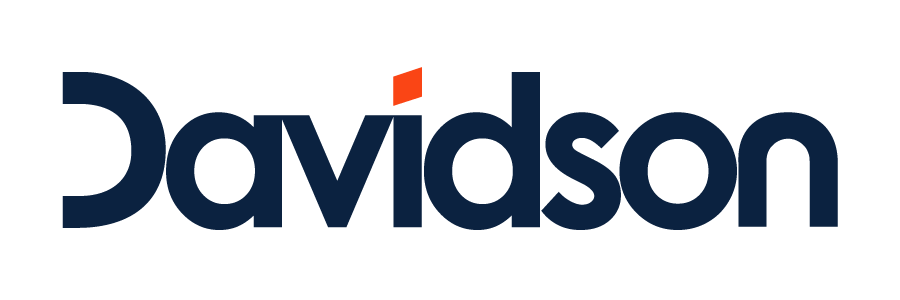Talent assessment evolves
Assessment has been an integral tool for identifying talent for decades, changing shape over time to meet new trends and developments in what constitutes the ‘right’ employee. The way we assess talent has been moulded to reflect changing business environments, developments in HR and organisational psychology, and advancements in technology. From a focus on experience to recognising the importance of person-job fit, employers now value a person’s fit to the broader organisational context: its vision, culture and values.
Organisations are on the verge of entering one of the toughest employment markets in history, predicts Claudio Fernandez-Aroz in his 2014 HBR article, 21st Century Talent. With the pressure of globalisation, an increasingly aging population, and stifled talent pipelines he states that organisations who are able to identify potential, retain it and develop it will gain the competitive advantage.
More than ever, as we head into 2015, psychometric assessment is crucial for identifying potential and ‘right-fit’ talent to help organisations achieve their business strategy.
‘Good’ Talent Identification
Reflecting back, talent identification efforts in the early 1980s focussed on selecting the smartest and most experienced employees. An accumulation of 90 years of research firmly positioned cognitive ability as one of the strongest predictors of learning and job performance (Schmidt and Hunter 1998).
By the late 1980s, ‘person-job fit’ underscored best-practice talent identification strategies. Organisations emphasised matching people with positions, such as with the increased use of personality questionnaires. By the 1990s, emotional intelligence (EQ) began to rival IQ in predicting the performance of leaders, and candidates were assessed on their ability to meet specific role competencies.
A focus on job-specific competencies saw the development of a range of new psychometric assessments: safety attitude assessments, mechanical ability assessments, attention and concentration assessments, just to name a few. No longer was it sufficient to promote the brightest and most experienced: to remain competitive, organisations needed outstanding performers; not just sufficient ones.
‘Great’ Talent Identification
Today, however, with efforts to effectively map people to jobs commonplace, organisations are again seeking out a new competitive advantage. For good companies to become great, Jim Collins in his seminal book, points out that talent identification needs to align with company strategy, vision and culture.
Research suggests the cost of making a bad hire can be 10 times an employee’s annual salary. In the words of Collins “….to build a successful organisation and team you must get the right people on the bus.”
Finding the Right People
But how can we identify the ‘right people?’ In their May 2014 HBR commentary on the issue, Kuncel, Ones and Klieger point out that algorithms, analytics and data are likely to hold the key. The authors encouraged organisations to leverage more objective data to identify, retain and develop potential talent.
Likewise, the CEB 2014 global assessment trends report positions ‘identifying high potential’ as a new global top priority and with it predicts a growth in the use of assessment and talent metrics.
The impact on talent assessment
Just as the qualities we look for in great candidates have evolved over recent years, so too have the instruments we use to identify them:
- Assessment has become affordable
The disruption of traditional pricing models seen in 2014 is set to continue in 2015 with a focus on volume-based licensing and more competitive pressure. We are increasingly seeing clients of all sizes utilising assessment as a core part of their talent acquisition strategy.
- Assessment data is now valued
The trend in ‘big data’ has seen an increased desire for metrics. The popularity of assessments is likely to increase as organisations leverage insights for use throughout the employee lifecycle. Clients are now using the data from talent assessment to inform other parts of their business strategy.
- Assessment has become engaging
Through gamification, psychomotor testing and a focus on providing realistic job previews, the world of assessment has become exciting and fun.
- Assessment is focused on employer value proposition (EVP)
Assessment providers recognise the importance of an EVP and are increasingly focused on promoting the client brand through assessment portals, communications, and reporting. Technology now allows reports to be produced in the clients own ‘look and feel’ with a focus on organisation-specific competencies and values.
So, the research suggests that a competitive advantage in 2015 is likely to come from access to reliable and valid assessment tools which provide insight into skills, competencies and alignment with vision, values and culture
. Of even greater importance though, is being able to use this rich data to continue to retain and develop talent.
As Jim Collins puts it:
“ If we spend the vast majority of our time with the people we love and respect – people we really enjoy being on the bus with and who will never disappoint us – then we will almost certainly have a great life, no matter where the bus goes ”.
Jade Hindmarsh – Principal psychologist
Share this content





